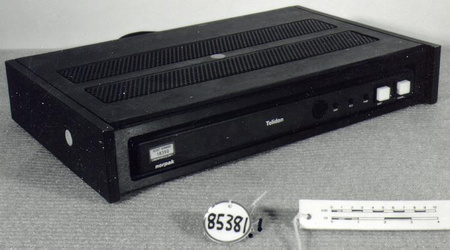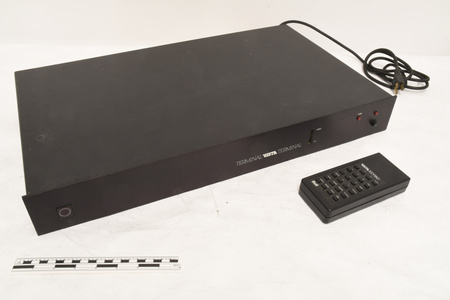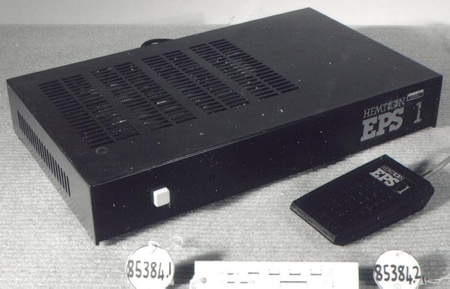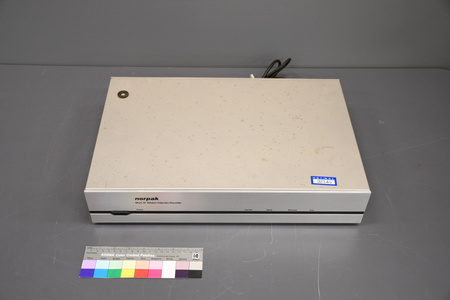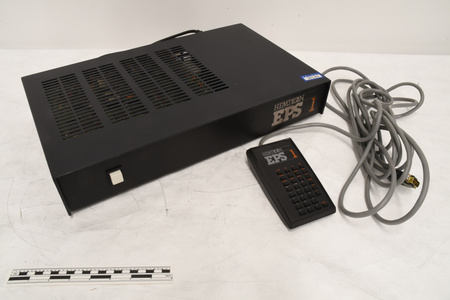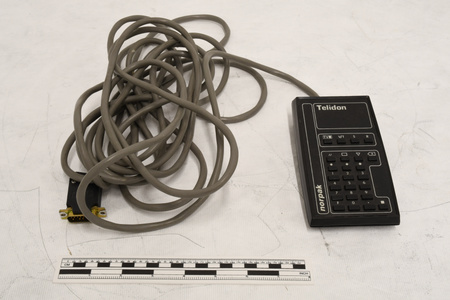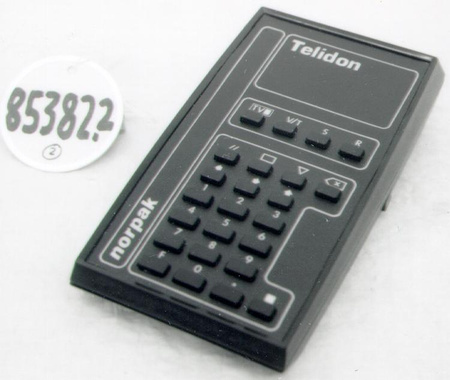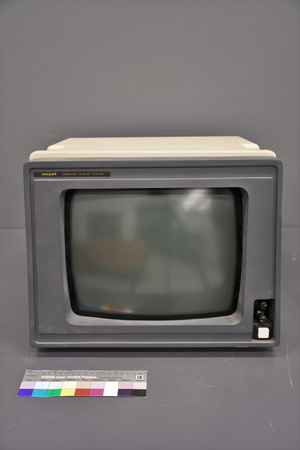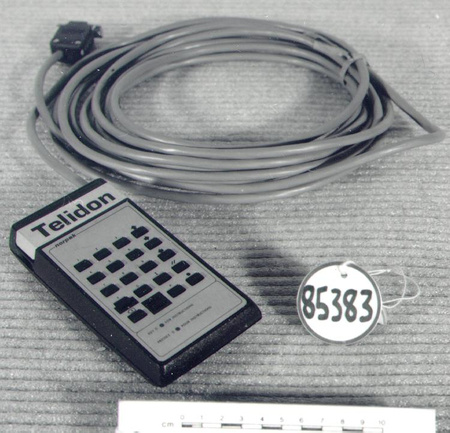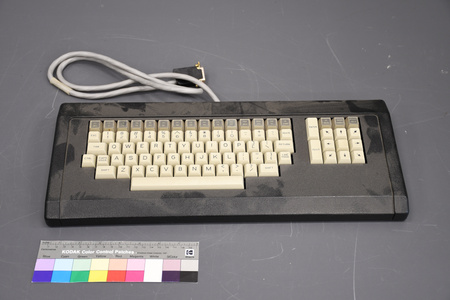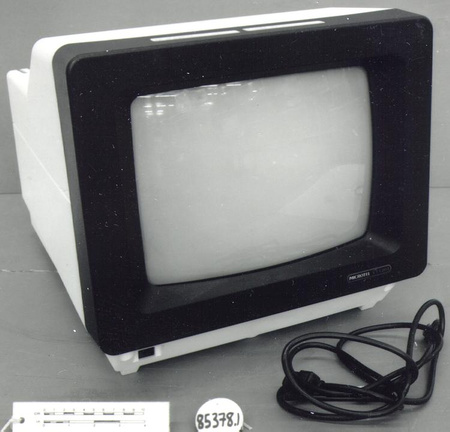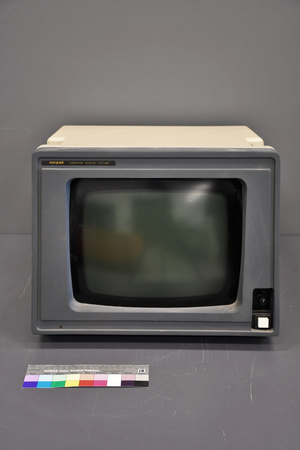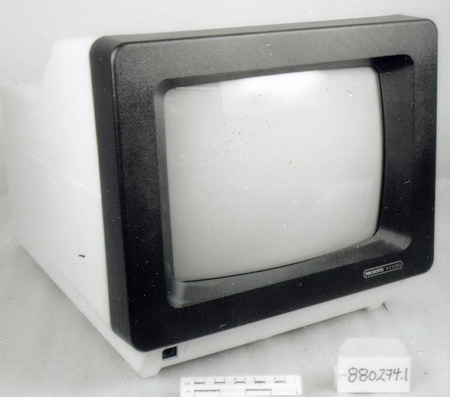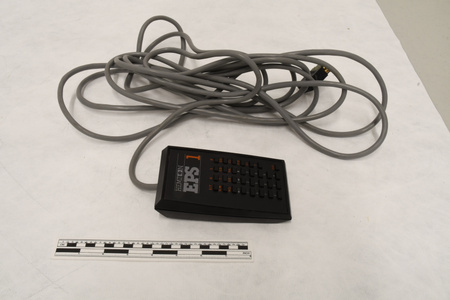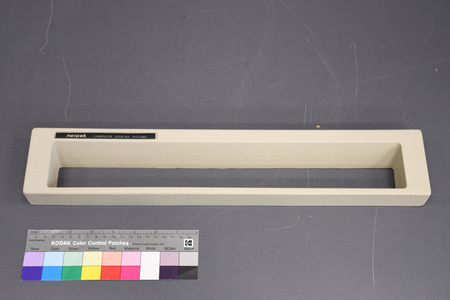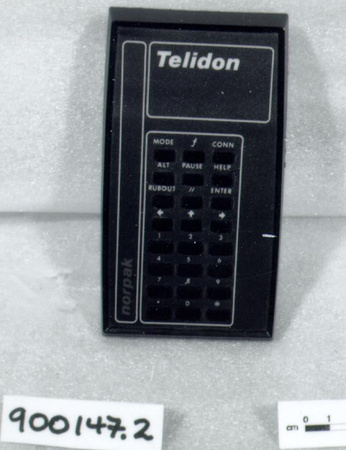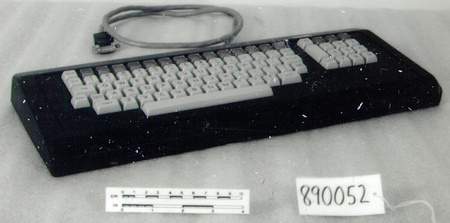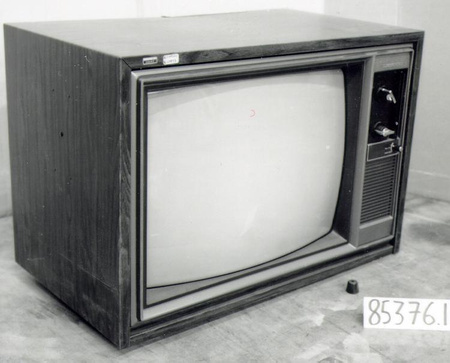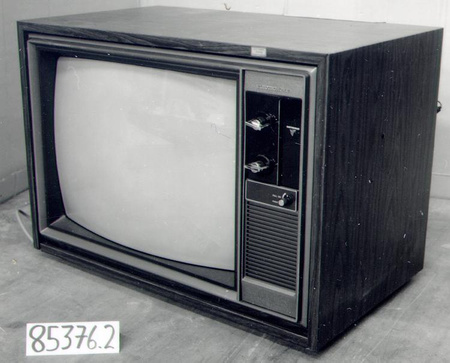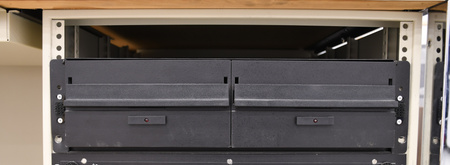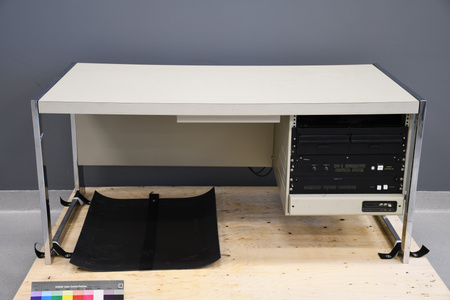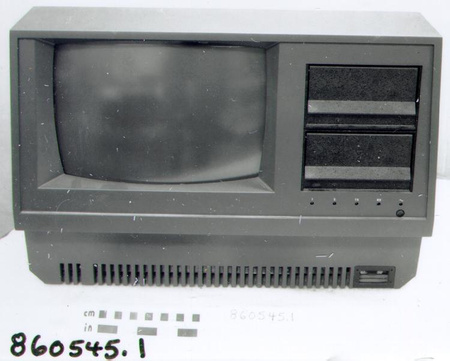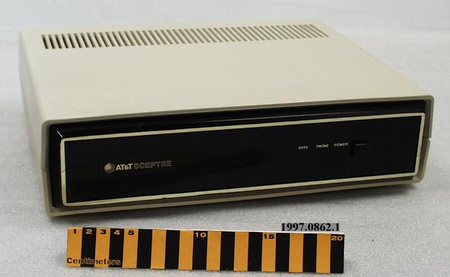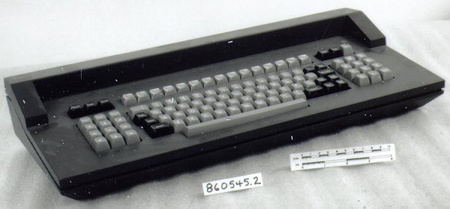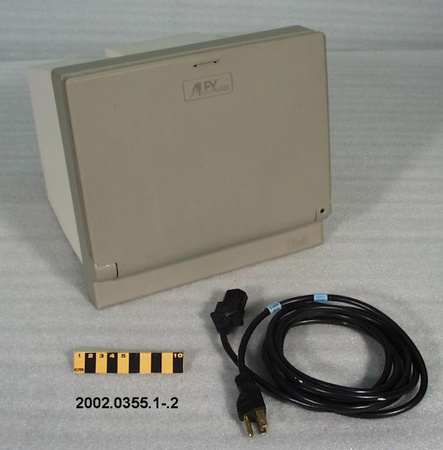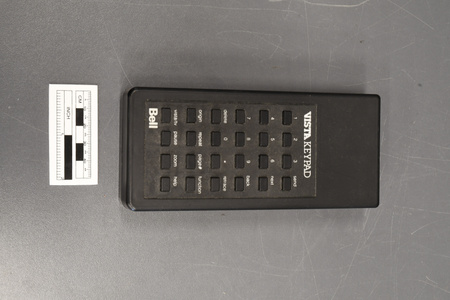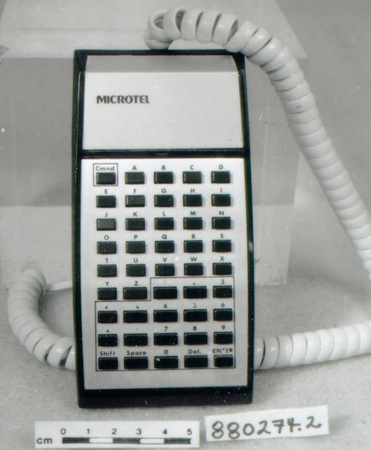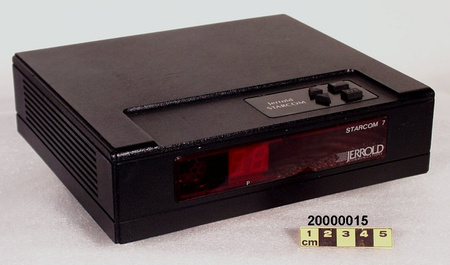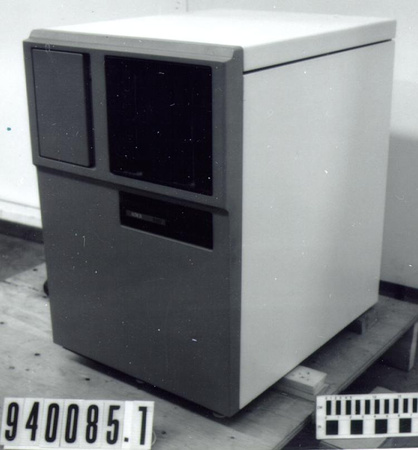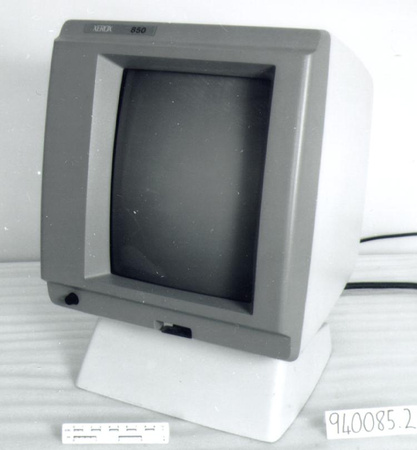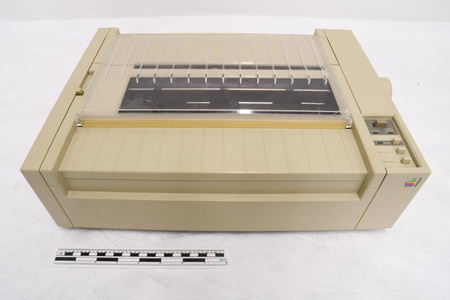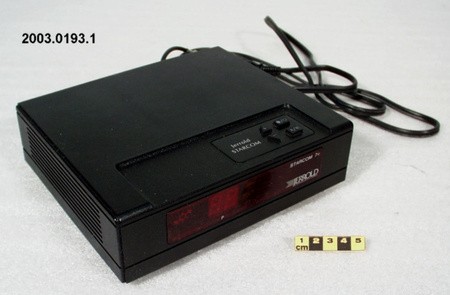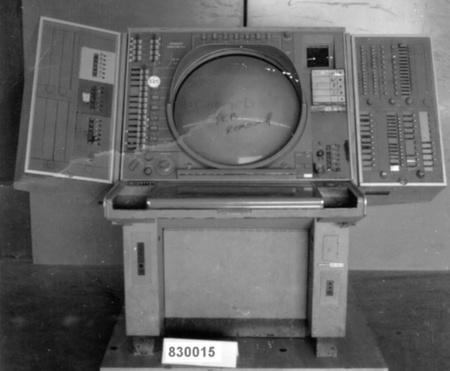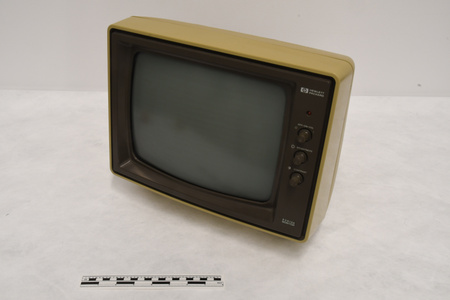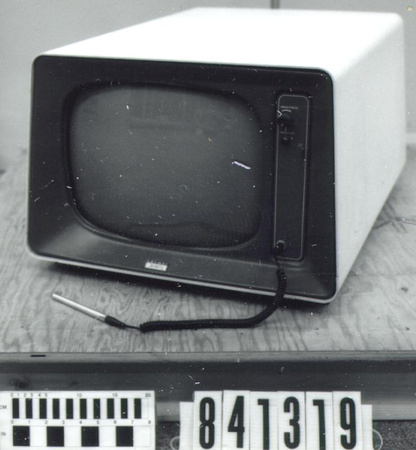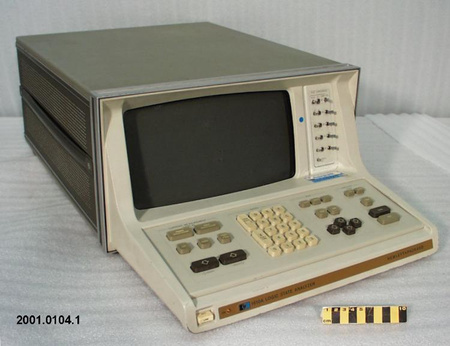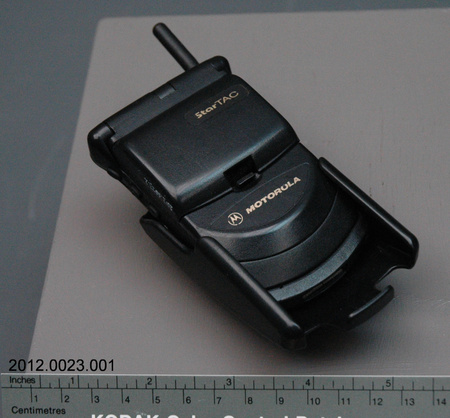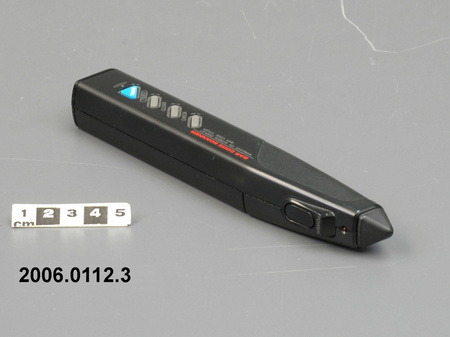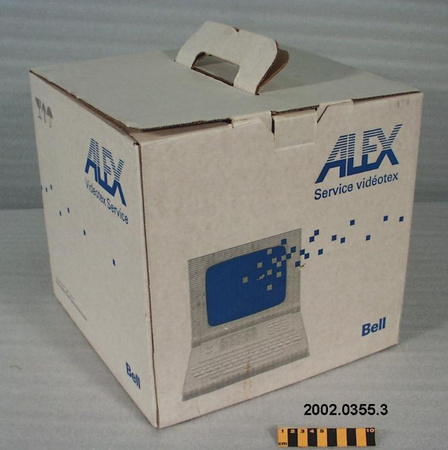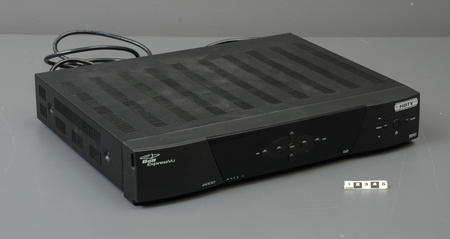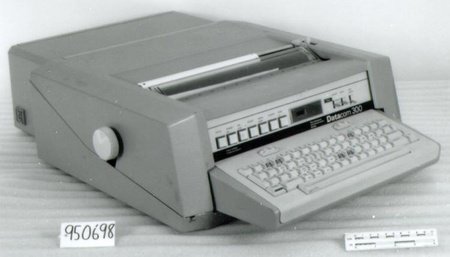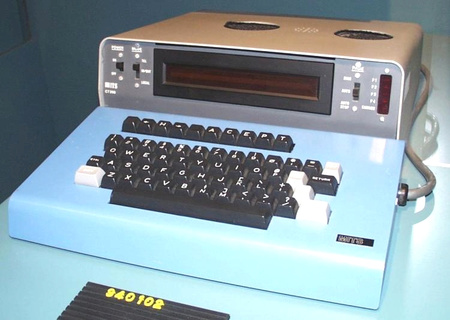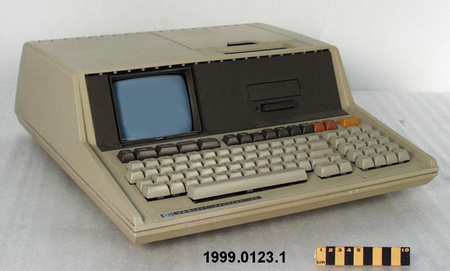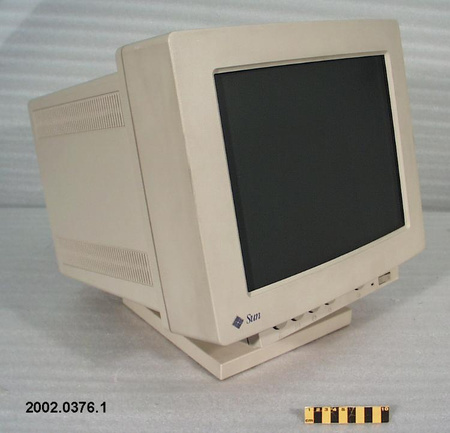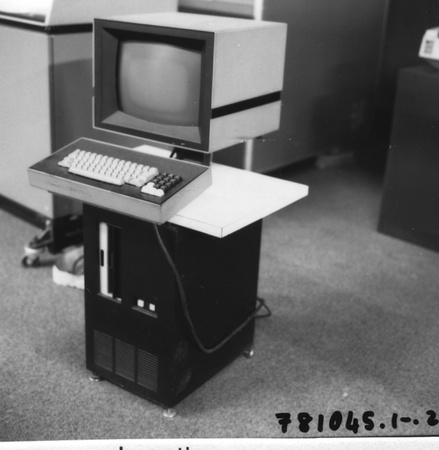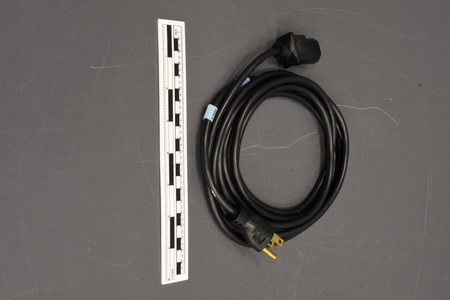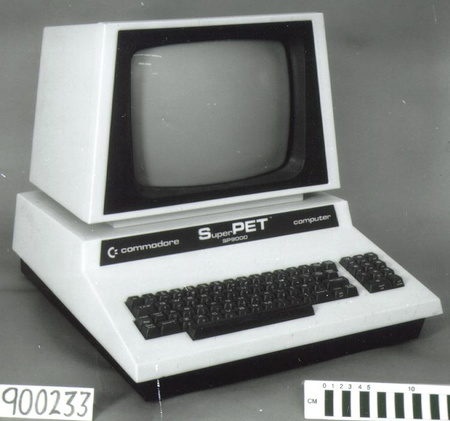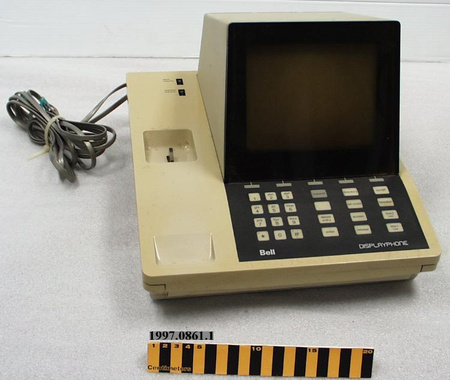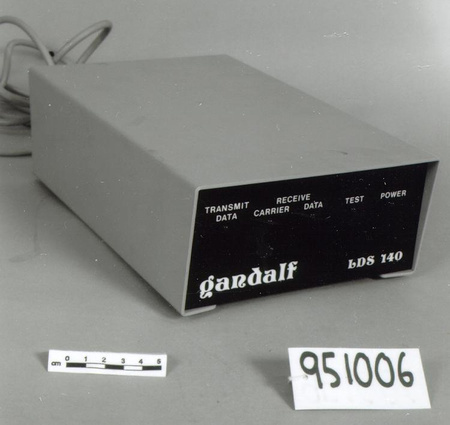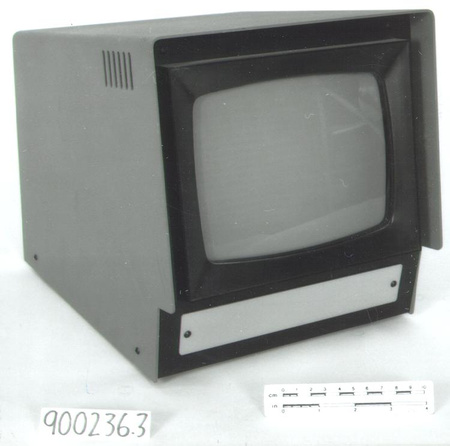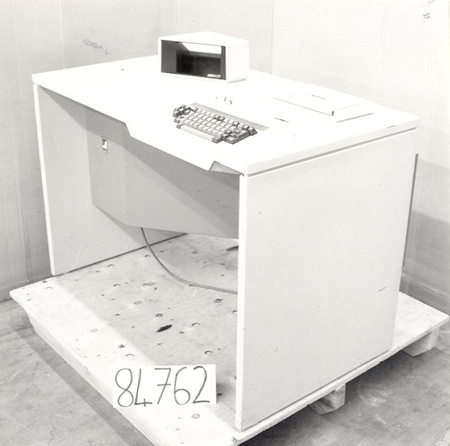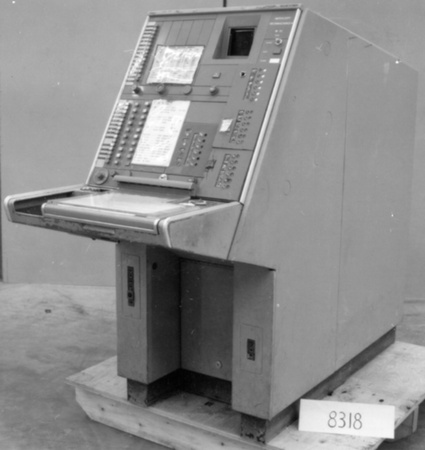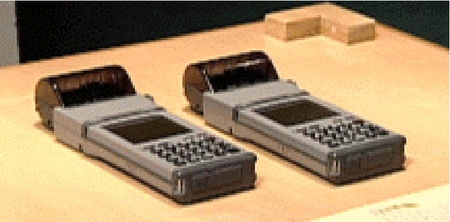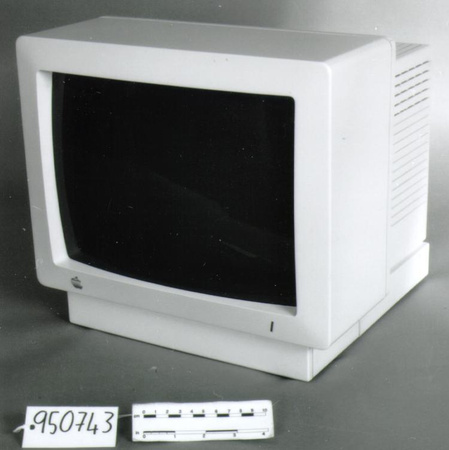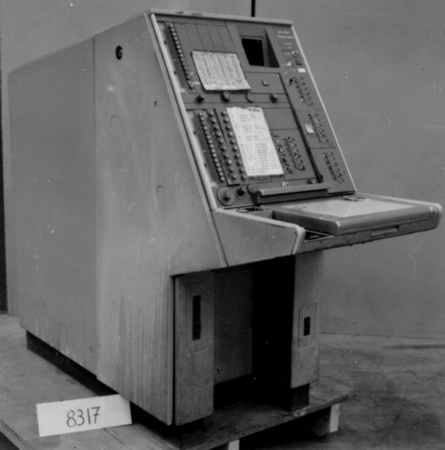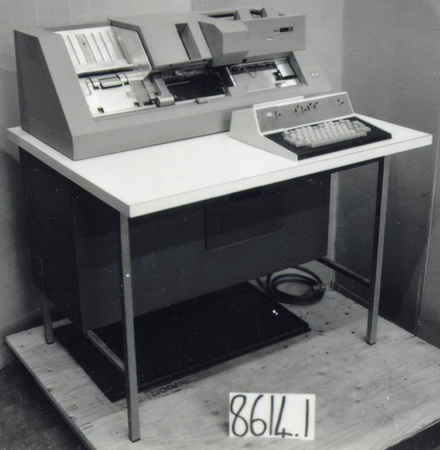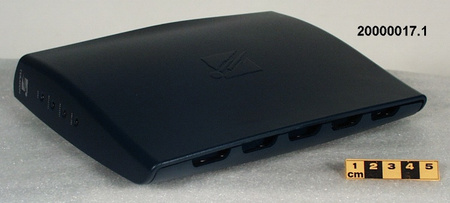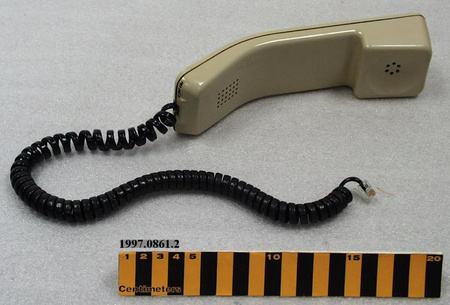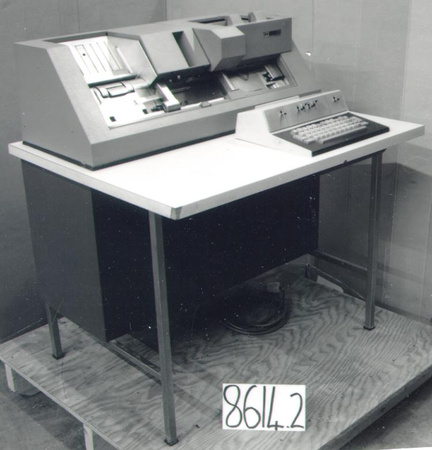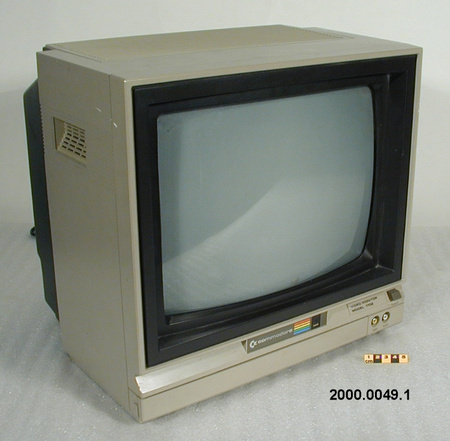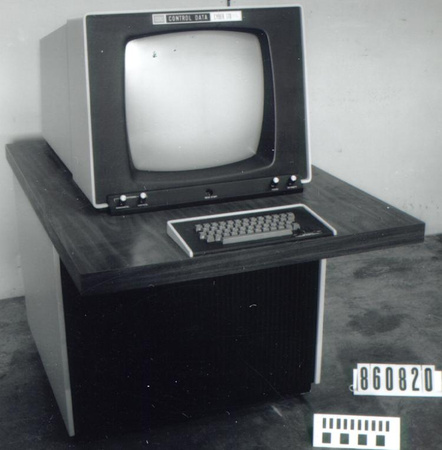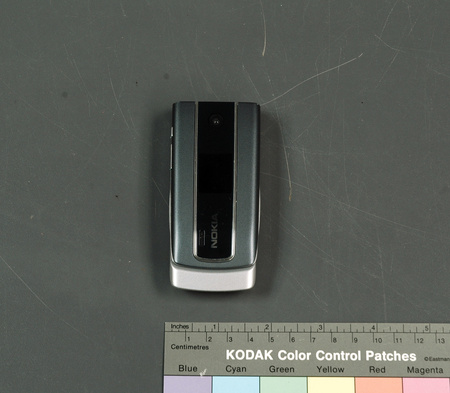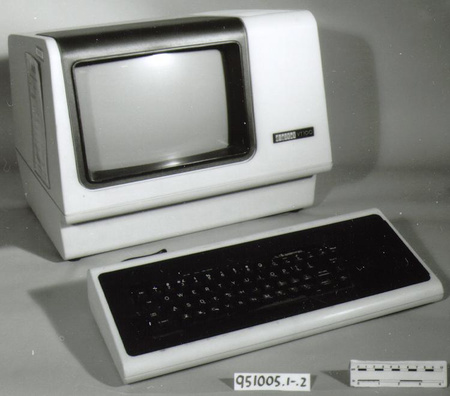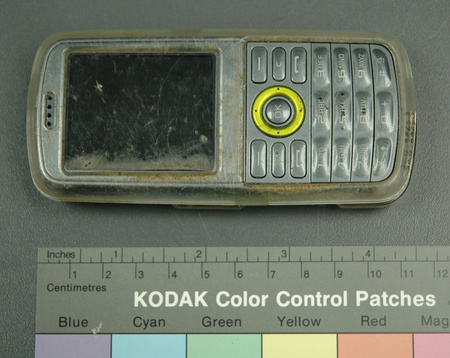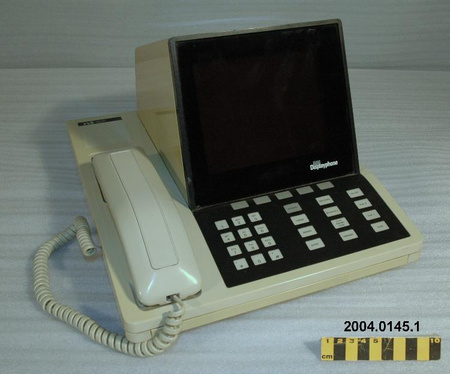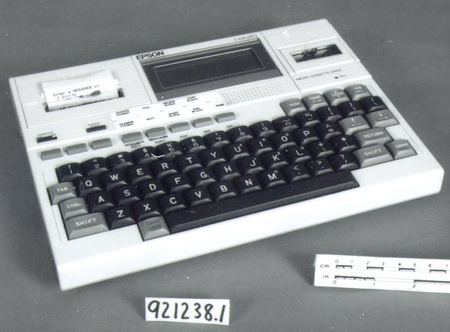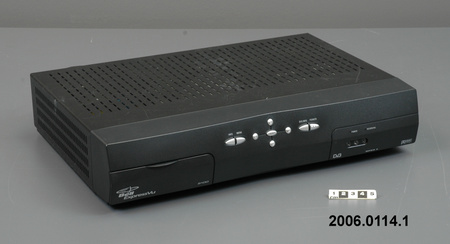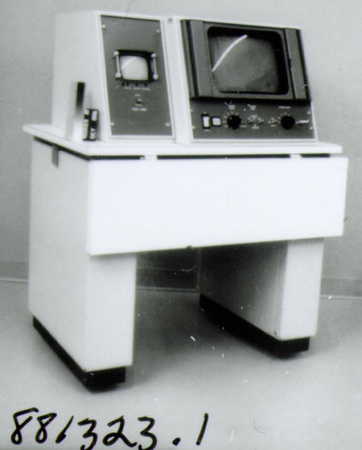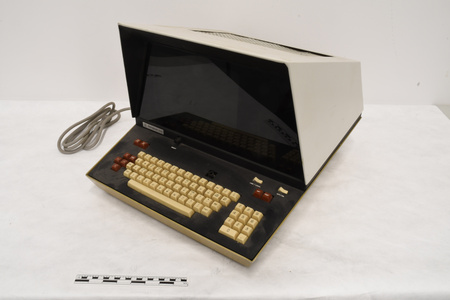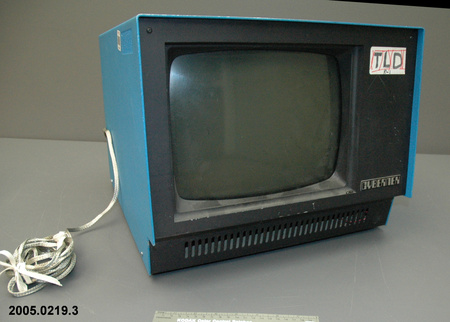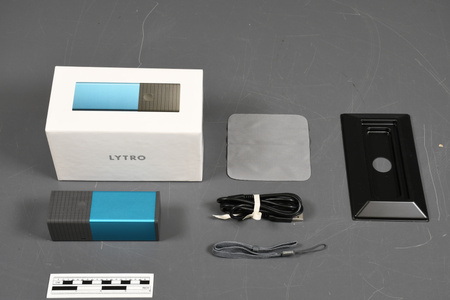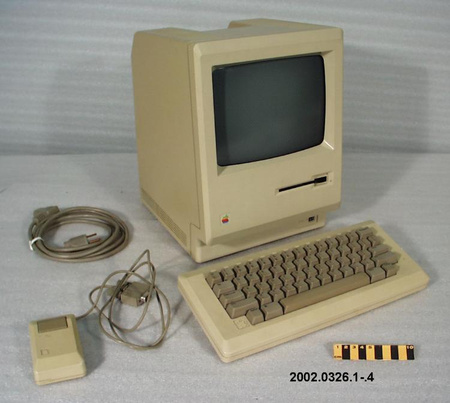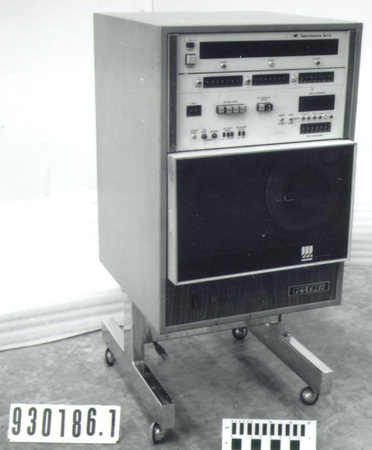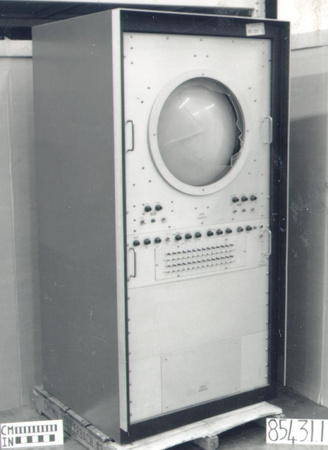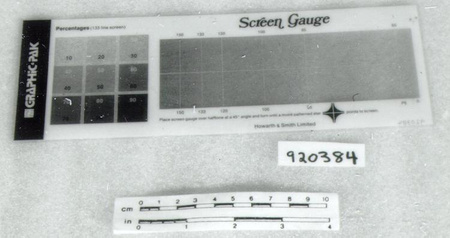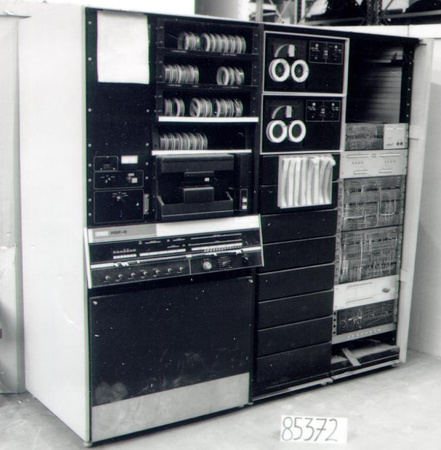Décodeur de vidéotex
Utiliser cette image
Puis-je réutiliser cette image sans autorisation? Oui
Les images sur le portail de la collection d’Ingenium ont la licence Creative Commons suivante :
Copyright Ingenium / CC BY-NC-ND (Attribution-NonCommercial 4.0 International (CC BY-NC 4.0)
ATTRIBUER CETTE IMAGE
Ingenium,
1985.0380.001
Permalien:
Ingenium diffuse cette image sous le cadre de licence Creative Commons et encourage son téléchargement et sa réutilisation à des fins non commerciales. Veuillez mentionner Ingenium et citer le numéro de l’artefact.
TÉLÉCHARGER L’IMAGEACHETER CETTE IMAGE
Cette image peut être utilisée gratuitement pour des fins non commerciales.
Pour un usage commercial, veuillez consulter nos frais de reproduction et communiquer avec nous pour acheter l’image.
- TYPE D’OBJET
- VIDEOTEX/TELIDON
- DATE
- 1980
- NUMÉRO DE L’ARTEFACT
- 1985.0380.001
- FABRICANT
- Norpak Corp.
- MODÈLE
- MK.1
- EMPLACEMENT
- Kanata, Ontario, Canada
Plus d’information
Renseignements généraux
- Nº de série
- 222
- Nº de partie
- 1
- Nombre total de parties
- 1
- Ou
- S/O
- Brevets
- S/O
- Description générale
- FERROUS METAL CASING/ SYNTHETIC CONTROLS & PARTS/ METAL & SYNTHETIC WORKING PARTS/ GLASS? INDICATOR LIGHTS/ NON-FERROUS METAL BACK PANEL
Dimensions
Remarque : Cette information reflète la taille générale pour l’entreposage et ne représente pas nécessairement les véritables dimensions de l’objet.
- Longueur
- 43,2 cm
- Largeur
- 37,0 cm
- Hauteur
- 9,0 cm
- Épaisseur
- S/O
- Poids
- S/O
- Diamètre
- S/O
- Volume
- S/O
Lexique
- Groupe
- Technologie informatique
- Catégorie
- Périphériques numériques
- Sous-catégorie
- S/O
Fabricant
- Ou
- Norpak
- Pays
- Canada
- État/province
- Ontario
- Ville
- Kanata
Contexte
- Pays
- Canada
- État/province
- Ontario
- Période
- 1980-1985
- Canada
-
This decoder is part of Canadian developed Telidon videotex technology created by the Communications Research Centre. The Telidon program began on August 15, 1978 and ended on March 31, 1985. - Fonction
-
The purpose of a decoder is to take the communications data that's transmitted over narrow bandwidth line, which would be the telephone line in this case, and convert it to something that can be put on to a display screen. It was used specifically to decode Telidon graphics images, probably with Telidon keypad 1985.0383.002. - Technique
-
This decoder used a microprocessor and a 1200 baud modem to decode and convert communications data code to something that was displayable on a television display screen. This decoder used a bit plane that is a dot by dot image structure. While the graphic was not high quality, it was quite reasonable and the code was designed to be capable of expanding to handle higher resolutions. The system was designed to be forward and backward compatible, meaning it had the capability of displaying existing and future images, taking advantage of lowering memory costs to improve Telidon technology over time. In 1983, the North American Presentation Level Protocol Syntax (NAPLPS) graphics language develop from the Canadian Telidon system was formalized, ratified and adopted as a world standard for graphics transmission by computer. The Norpak Mark 1 decoder was an early field trial portrait prototype. It used quite a bit of electronics to do its work so its cost was significant. - Notes sur la région
-
Inconnu
Détails
- Marques
- DECAL ON UNDERSIDE READS 'norpak CANADA/ Model TELIDON/ Serial 222'/ WHITE LETTERING READING 'Telidon Terminal' or 'Norpak'/ WHITE PRINTED CONTROL FUNCTIONS ON FRONT & BACK/ GREY DECAL ON FRONT READING 'ASSET NUMBER/ 17685/ CRC SHIRLEY BAY'
- Manque
- S/O
- Fini
- CASING PAINTED WHITE WITH DARK BLUE FRONT & BACK/ WHITE & BLACK SYNTHETIC
- Décoration
- S/O
FAIRE RÉFÉRENCE À CET OBJET
Si vous souhaitez publier de l’information sur cet objet de collection, veuillez indiquer ce qui suit :
Norpak Corp., Décodeur de vidéotex, vers 1980, Numéro de l'artefact 1985.0380, Ingenium - Musées des sciences et de l'innovation du Canada, http://collection.ingenium.ca/fr/id/1985.0380.001/
RÉTROACTION
Envoyer une question ou un commentaire sur cet artefact.
Plus comme ceci

